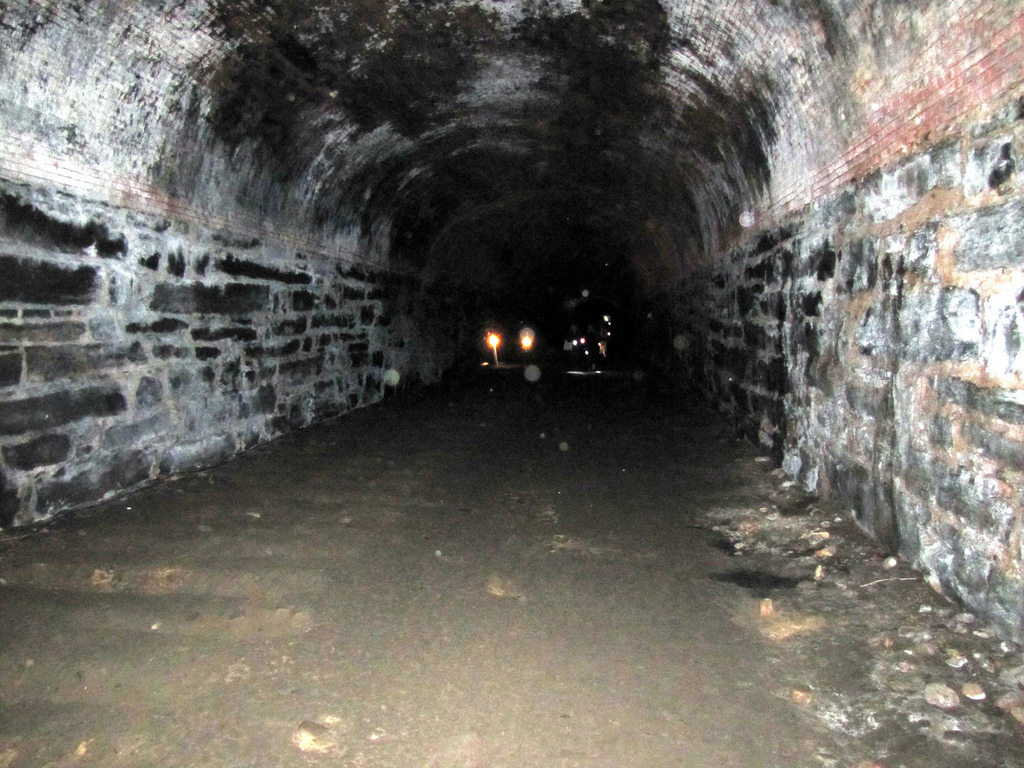Tunnels: An Urban Explorer’s Guide
Introduction:
Urban exploration, often referred to as urbex, is the art of exploring and documenting man-made structures in urban areas. While abandoned buildings and rooftops may be the more common destinations for urban explorers, tunnels offer a unique and fascinating opportunity to delve into hidden underground worlds. From historical relics to modern infrastructure, tunnels provide an intriguing glimpse into the underbelly of our cities. In this article, we will explore the basics of tunnel exploration – what they are, their history, safety considerations, equipment needed, and some notable tunnel locations around the world.
What are Tunnels?
A tunnel is a passageway that runs beneath the surface of the earth or water. They serve various purposes such as transportation (roads, railways), utilities (water supply, sewage systems), mining operations, military installations (bunkers), or even secret escape routes. Tunnels can range from small crawl spaces to vast networks extending for miles.
History of Tunnels:
The use of tunnels dates back thousands of years. Ancient civilizations recognized their practicality and started constructing tunnels for irrigation systems and transportation purposes. The Cloaca Maxima in Rome is one such example dating back to 600 BC. Over time, advancements in engineering techniques led to increasingly complex tunnel systems like those found in Petra, Jordan or Cappadocia in Turkey.
In more recent times, tunnels gained prominence during World War I when both sides dug extensive networks known as trench warfare. Notable examples include the Western Front where soldiers lived underground for months on end.
Types of Tunnels:
Tunnels can be categorized based on their construction method or purpose:
1. Cut-and-Cover Tunnel: This type involves excavating a trench and then covering it with a structure above ground level.
2. Bored Tunnel: These are created using machines called tunnel boring machines (TBMs). TBMs excavate the tunnel while simultaneously installing support systems.
3. Immersed Tube Tunnel: Immersed tube tunnels are built by sinking pre-constructed sections into a trench on the seabed or riverbed.
4. Shield Tunnel: Commonly used for subway systems, shield tunnels involve using a shield to protect workers as they dig through soil or rock.
Safety Considerations:
Tunnel exploration can be an exhilarating experience, but it is crucial to prioritize safety at all times. Here are some key considerations:
1. Research and Planning: Before exploring any tunnel, gather information about its history, purpose, and potential hazards like gas leaks, flooding risks, unstable structures, or presence of hazardous materials. Plan your route accordingly.
2. Proper Gear: Dress appropriately with sturdy footwear and protective clothing like gloves and helmets to guard against injury from loose debris or low ceilings in older tunnels.
3. Lighting: Always carry multiple reliable light sources such as headlamps or flashlights along with extra batteries. Underground environments tend to be dark and can become disorienting without proper lighting.
4. Ventilation: Tunnels often lack proper ventilation; therefore, it is essential to have adequate air circulation equipment if planning for extended explorations.
5. Buddy System: Never explore tunnels alone; always go with at least one other person who shares your passion for urban exploration. In case of emergencies like injuries or getting lost, having someone by your side can make a significant difference in ensuring your safety.
6. Emergency Preparedness: Carry a first aid kit with basic supplies including bandages, antiseptic solutions, pain relievers, and emergency contact numbers just in case of unexpected accidents.
Equipment Needed:
To fully enjoy tunnel exploration while staying safe throughout the journey requires specific equipment tailored to this activity:
1. Headlamp/Flashlight: Essential for illuminating dark spaces within tunnels – choose models that provide long battery life and adjustable brightness settings.
2. Navigation Tools: Bring a compass or GPS device to help maintain your sense of direction, especially within complex tunnel networks.
3. Safety Equipment: Protective gear like gloves, helmets, knee pads, and respirators are recommended for added safety.
4. Communication Devices: Carry a fully charged mobile phone with you in case of emergencies, but be mindful that signal strength may be weak underground.
5. Camera/GoPro: Capture the awe-inspiring moments during your exploration for documentation purposes or to share with fellow urban explorers later on.
Notable Tunnel Locations:
1. Cu Chi Tunnels – Vietnam: These historic tunnels served as an extensive network used by Viet Cong soldiers during the Vietnam War. Today, they offer visitors a chance to experience the cramped conditions and ingenious design of this underground world.
2. Catacombs of Paris – France: Beneath the streets of Paris lie miles of eerie catacombs housing skeletal remains dating back centuries. This macabre yet intriguing location attracts many intrepid explorers each year.
3. Shanghai Tunnels – United States (Portland): Known for their dark history involving human trafficking and forced labor in the 19th century, these tunnels now serve as a reminder of Portland’s past and have become popular among urban explorers seeking historical thrills.
4. London Underground – England: The labyrinthine system beneath London is not only an essential part of its transportation infrastructure but also offers many hidden gems waiting to be discovered by curious urban explorers.
Conclusion:
Tunnel exploration can provide unique insights into our cities’ hidden depths while offering thrilling adventures for passionate urban explorers who seek out these subterranean wonders.
However, it is vital to approach tunnel exploration responsibly by prioritizing safety precautions such as thorough research, proper gear usage, and always exploring with at least one other person.
Whether you’re drawn to historical relics like ancient irrigation tunnels or fascinated by modern engineering marvels, the world of tunnel exploration is waiting to be discovered. So equip yourself, plan your route, and embark on an underground journey filled with mystery and excitement!

Leave a comment